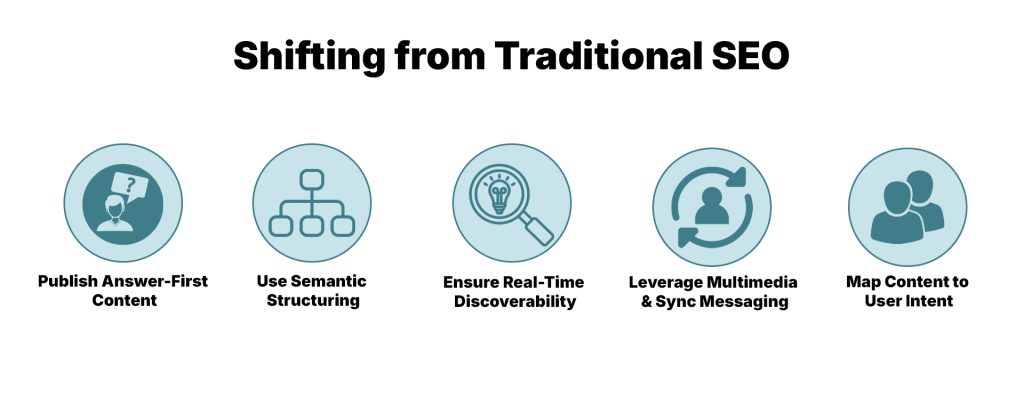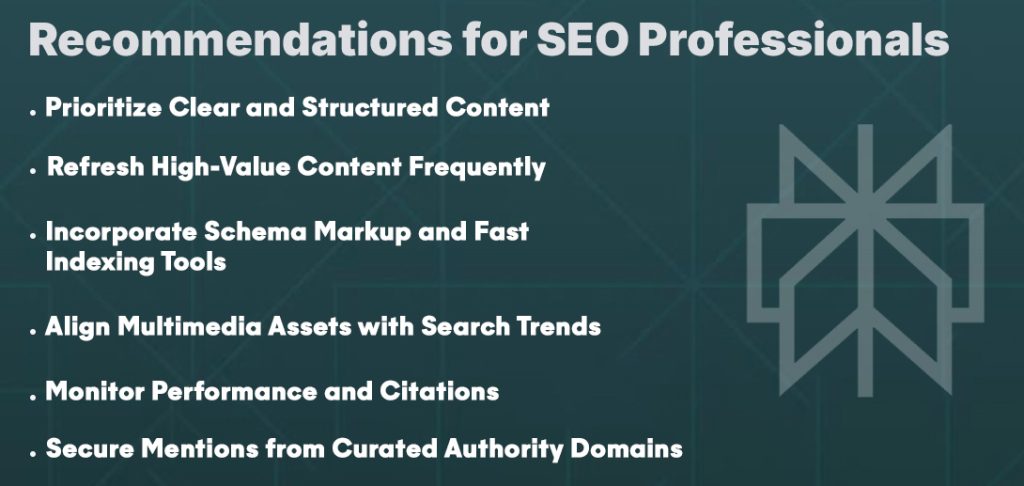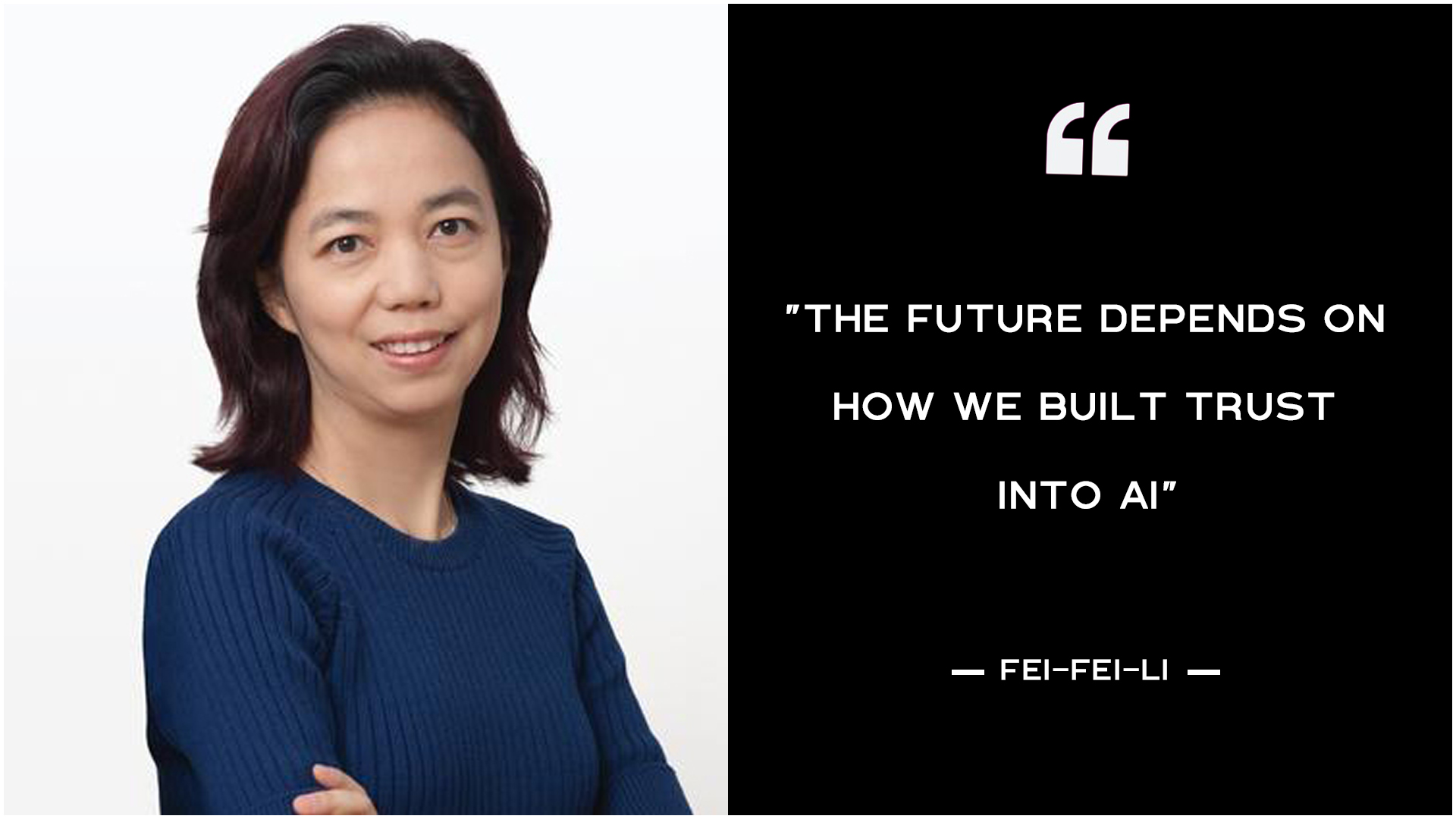Table of Contents
Introduction
Perplexity AI has emerged as a prominent answer engine in the generative search landscape, offering real-time responses powered by advanced AI algorithms.
As its influence grows, understanding how it ranks and cites web content is becoming increasingly important for SEO professionals, content marketers, and brands aiming to secure visibility in the zero-click search future.
A recent investigation has brought to light a collection of 59 potential ranking signals that may influence how Perplexity AI selects sources and displays answers. This information, shared by digital marketing experts and SEO practitioners, is reshaping how we approach optimization for AI-driven platforms.
Top Perplexity AI Ranking Factors

Authoritative Domain Preferences
Perplexity appears to maintain curated lists of authoritative domains across different verticals.
- For instance, domains like Slack, Notion, or Figma may be treated as trustworthy sources within their respective niches.
- Content that originates from these domains or closely aligns with them may benefit from an inherent authority boost.
- This is particularly important for brands operating in specialized sectors where thought leadership and domain relevance play a crucial role.
Early Engagement Impact
The first few hours after publishing content seem to be critical. If the content fails to receive meaningful interaction—such as clicks, impressions, or time-on-page—within this window, it may be deprioritized by the system.
- On the other hand, high engagement shortly after publication can act as a strong positive signal, encouraging further visibility and citations.
- This places a new emphasis on launch strategies, including internal promotion and syndication.
Topical Relevance Multipliers
Certain topics receive preferential weighting, especially those aligned with current public interest or rapid technological developments.
- Content related to trending subjects like AI, blockchain, or health may receive topical multipliers that increase its chances of being selected for display.
- Therefore, aligning content strategies with high-interest verticals can offer a tactical advantage.
YouTube Synchronization and Multimedia Integration
There is evidence that Perplexity synchronizes its topic recognition with platforms like YouTube.
- Videos that include exact-match titles to trending queries on Perplexity can benefit from increased visibility across both platforms.
- Brands that produce video content should consider aligning their video titles, metadata, and descriptions with high-traffic search terms relevant to their niche to maximize reach.
Intent-Based Query Mapping
Perplexity’s suggestion engine categorizes user queries by intent.
- These include core queries that are always active, domain-triggered queries that become relevant when aligned with specific sources, and threshold-based queries that emerge only after reaching a certain level of interest or interaction.
- Creating content that directly maps to these query intents—through structure, phrasing, and keyword choice—can significantly improve the likelihood of being featured.
Semantic Relevance and Context
Perplexity prioritizes content that provides a holistic, contextually accurate response to user questions.
- It does not rely solely on keywords but evaluates the semantic structure of the content to ensure the answer is complete, well-structured, and logically presented.
- This reinforces the need to adopt natural language patterns, clearly labeled sections, and focused responses.
Content Freshness and Update Frequency
Freshness remains a decisive factor. Newer content is more likely to be cited, particularly when dealing with fast-changing topics such as technology, current events, and health.
Regular updates to cornerstone pages or blog articles can also extend their life cycle and keep them eligible for citation.
Structured Formatting for Parsing
Content structured with H1-H4 headings, bullet points, numbered lists, and FAQs is more easily parsed by AI systems like Perplexity.
- These formats not only improve readability for human visitors but also help AI systems extract concise answers
- Implementing a Q&A style layout or summary boxes for each section enhances the content’s suitability for direct citation
Technical Optimization with Schema and Indexing Tools
Using structured data such as JSON-LD for FAQPage, Article, or HowTo schemas helps Perplexity and other AI systems interpret and index your content.
Submitting sitemaps through Bing and enabling IndexNow ensures quicker crawling and indexing, both of which are crucial for AI search engines that rely on near-real-time data.
Authority and Backlink Signals
While the inner workings of Perplexity’s authority metrics are still being uncovered, there is strong indication that traditional link signals still apply.
High-quality backlinks, brand mentions, and topical authority within a niche all contribute to how content is perceived and ranked.
Shifting from Traditional SEO

The evolution of search from a keyword-based model to an intent- and answer-based model requires a significant shift in strategy. Traditional search engines returned a list of links; AI answer engines like Perplexity deliver direct, synthesized answers, often referencing only a few sources.
This shift gives rise to a new discipline—Generative Engine Optimization (GEO) and Answer Engine Optimization (AEO). Unlike traditional SEO, GEO and AEO emphasize clear, concise, and structured content that can be directly extracted and cited by AI systems.
Key components of this new strategy include:
- Publishing answer-first content
- Using semantic structuring to improve parsing
- Leveraging multimedia platforms and synchronizing messaging across formats
- Ensuring real-time discoverability through indexing tools
- Mapping content to specific user intents and query types
Recommendations for SEO Professionals

To remain competitive in the age of AI-generated search responses, brands and content teams should consider the following strategies:
- Prioritize Clear and Structured Content: Use headings, bullets, and FAQs to make content easily digestible for both humans and AI.
- Refresh High-Value Content Frequently: Revisit and update important pages regularly to maintain topical relevance and freshness signals.
- Incorporate Schema Markup and Fast Indexing Tools: Implement structured data and ensure your content is accessible via IndexNow and sitemaps.
- Align Multimedia Assets with Search Trends: Use YouTube and social media to reinforce content themes and build additional visibility.
- Monitor Performance and Citations: Track when and where Perplexity or other answer engines are citing your content. Use this data to refine your strategy.
- Secure Mentions from Curated Authority Domains: Collaborate with or get referenced by known expert sources in your industry to boost domain-level trust.
Conclusion
The leaked signals and expert analysis of Perplexity AI’s ranking system paint a clear picture of a rapidly changing digital landscape. As generative AI reshapes how information is discovered and consumed, brands must move beyond traditional SEO tactics and embrace optimization strategies built for answer engines.
By aligning content with intent, formatting for machine readability, and leveraging multi-platform engagement, businesses can secure valuable placements within AI-driven search results, reaching audiences not just at the top of the funnel, but precisely at their moment of inquiry.
If your digital strategy still relies solely on keyword stuffing or outdated link-building methods, now is the time to evolve. The future of SEO is here, and it’s powered by AI.
Deepak Wadhwani has over 20 years experience in software/wireless technologies. He has worked with Fortune 500 companies including Intuit, ESRI, Qualcomm, Sprint, Verizon, Vodafone, Nortel, Microsoft and Oracle in over 60 countries. Deepak has worked on Internet marketing projects in San Diego, Los Angeles, Orange Country, Denver, Nashville, Kansas City, New York, San Francisco and Huntsville. Deepak has been a founder of technology Startups for one of the first Cityguides, yellow pages online and web based enterprise solutions. He is an internet marketing and technology expert & co-founder for a San Diego Internet marketing company.



